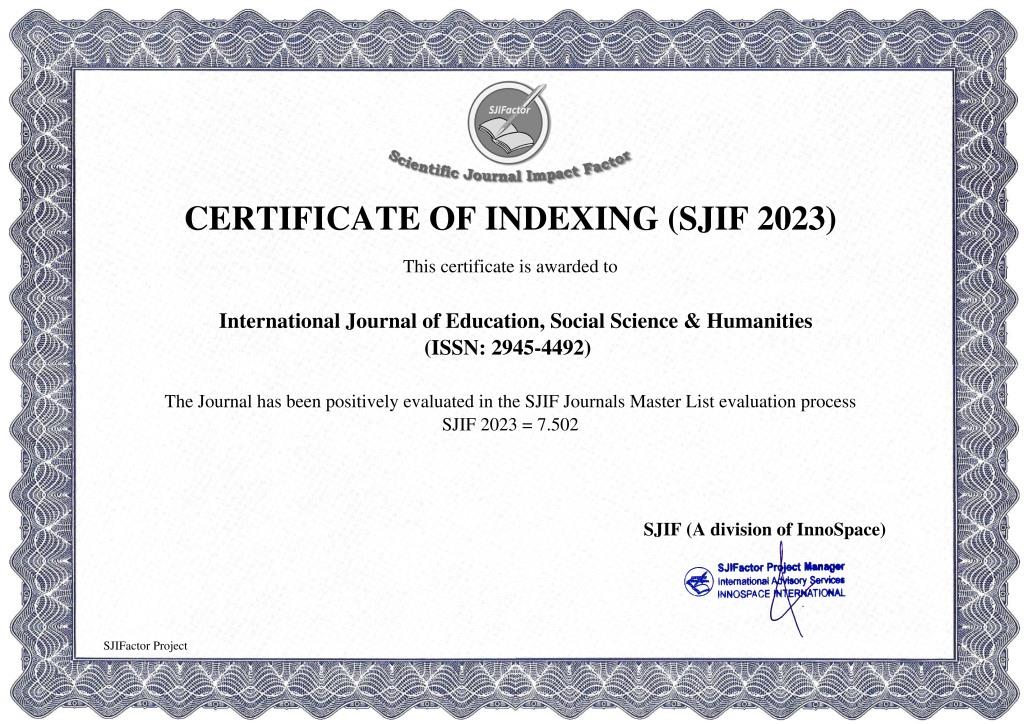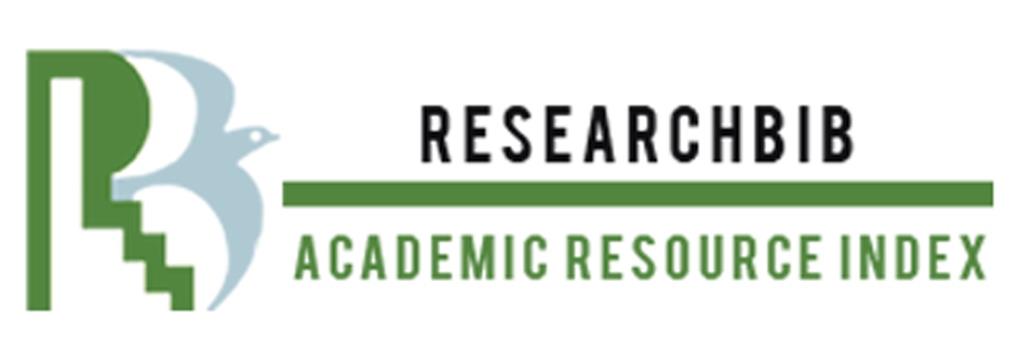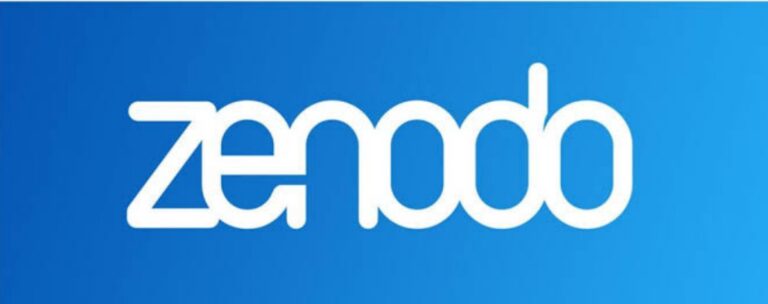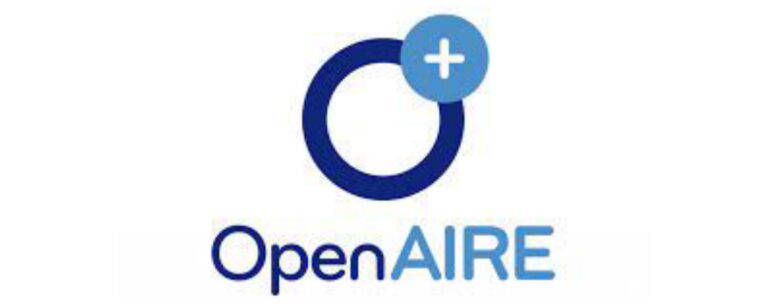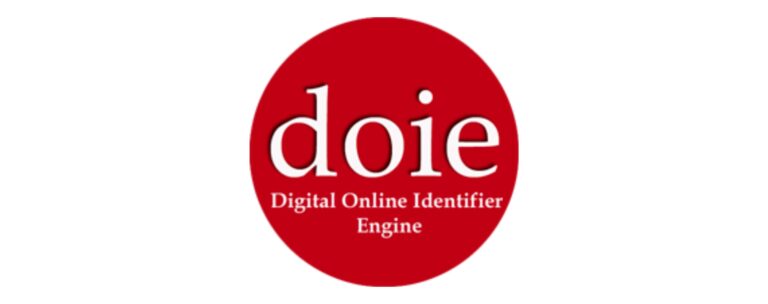MANAGING STAGHORN KIDNEY STONES: A STUDY ON THE EFFECTIVENESS OF MULTI-ACCESS PERCUTANEOUS NEPHROLITHOTRIPSY
Keywords:
staghorn kidney stones, treatment, percutaneous nephrolithotomy, residual stones, complications.Abstract
Introduction: to increase the effectiveness of treatment of patients with staghorn and multiple nephrolithiasis by improving percutaneous nephrolithotripsy using a multi-access method.
Methods: 29 patients with staghorn and multiple kidney stones, aged 15 to 63 (29.3±4.3) years, were treated. The average stone size was 65.4±5.2 mm.
Results: in 20 patients (69.0%), the operation was performed through 2 accesses, in 8 (27.6%) - through 3, and in 1 (3.4%) - through 4 accesses. The duration of operations was, on average, 109.3±6.4 minutes. 26 (89.7%) patients were completely (stone free) free from kidney stones. In 3 (10.3%) patients, residual stones were left. Intraoperative complications were observed in 3 (10.3%) patients, postoperative complications - in 7 (24.1%).
Conclusion: Multi-access PCNL is an effective treatment for staghorn and multiple kidney stones.
References
Ganpule A.P., Desai M. Management of staghorn calculus: multiple – tract versus singlt – tract percutaneus. // Cur. Opin. Urol. – 2008; 18 (2): 220-223. https://journals.lww.com/co-urology/Abstract/2008/03000/Management_of_the_staghorn_calculus_.19.aspx
Morris D.S., Taub D., Wei J.T. et al. Regionalization of percutaneous nephrolithotomy: evidence for the increasing burden of care on tertiary centers. // J. Urol. (Baltimore). 2006; 176 (1): 242-246. https://www.auajournals.org/doi/10.1016/S0022-5347%2806%2900512-X
Desai M.R., Kukreja R.A., Desai M.M., Mhaskar S.S., Wani K.A., Patel S.H., Bapat S.D. A prospective randomized comparison of type of nephrostomy drainage following percutaneous nephrostolithotomy: large bore versus small bore versus tubeless. // J. Urol. – 2004, Aug; 172 (2): 565. https://www.auajournals.org/doi/10.1097/01.ju.0000130752.97414.c8
Davol P.E., Wood C., Fulmer B. Success in treating renal calculi with single-access, single-event percutaneous nephrolithotomy: is a routine "second look" necessary? // J. Endourol. – 2006. May; 20 (5):289-92. https://pubmed.ncbi.nlm.nih.gov/16724895/
Akilov F. A., Giyasov Sh. I., Mukhtarov Sh. T., Nasirov F. R. Distribution of upper urinary tract stones by category of complexity from the point of view of using the endoscopic method of treatment. // Experimental and clinical urology. - 2013. - №4. - P.98-102. https://ecuro.ru/article/raspredelenie-kamnei-verkhnikh-mochevykh-putei-na-kategoriyu-slozhnosti-s-pozitsii-primeneni
Pearle M.S., Nakada S.Y., Womack J.S., Kryger J.V. Outcomes of contemporary percutaneous nephrostolithotomy in morbidly obese patients. // J. Urol. - 1998; 160:669-73. https://pubmed.ncbi.nlm.nih.gov/9720518/
Khalmatova B. T., Toshmatova G. A. Leukotriene receptors state in children with bronchial asthma //International Journal of Psychosocial Rehabilitation. – 2020. – Т. 24. – №. 4. – С. 2099-2104.
Akilov F. A., Mukhtarov Sh. T., Giyasov Sh. I., Mirkhamidov D. Kh. Nasirov F. R., Muratova N. B. Postoperative infectious and inflammatory complications of endoscopic operations for urolithiasis. // Urology. - 2013. - №1. - P.89-91. https://pubmed.ncbi.nlm.nih.gov/23662504/
Guliyev B. G. Percutaneous treatment of staghorn nephrolithiasis. // Endoscopic surgery. - 2009. - No. 5. - p. 21-25.
Giyasov Sh. I., Mukhtarov Sh. T., Ayubov B. A. Estimation of economic costs associated with the elimination of complications of endoscopic treatment of nephrolithiasis. // Urology and Nephrology of Kazakhstan. - 2012. - №2 (3). - P. 18-21.
Michel M.S., Trojan L., Rassweiler J.J. Complications in percutaneous nephrolithotomy. // Eur. Urol. - 2007;51:899-906. https://pubmed.ncbi.nlm.nih.gov/17095141/
Negrete-Pulido O., Gutierrez-Aceves J. Management of infectious complications in percutaneous nephrolithotomy. // J. Endourol. - 2009; 23: 1757-62. https://pubmed.ncbi.nlm.nih.gov/19780681/



